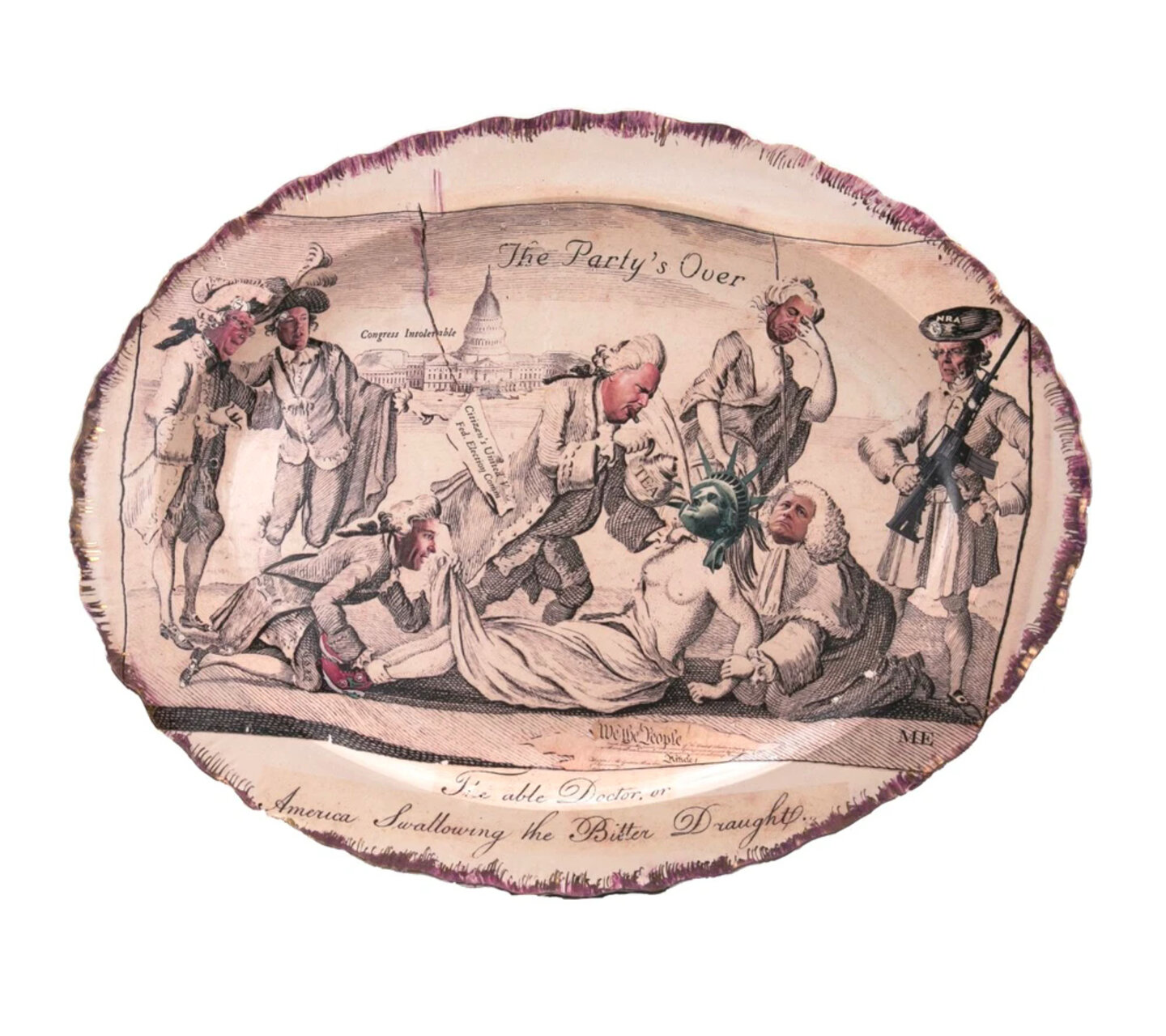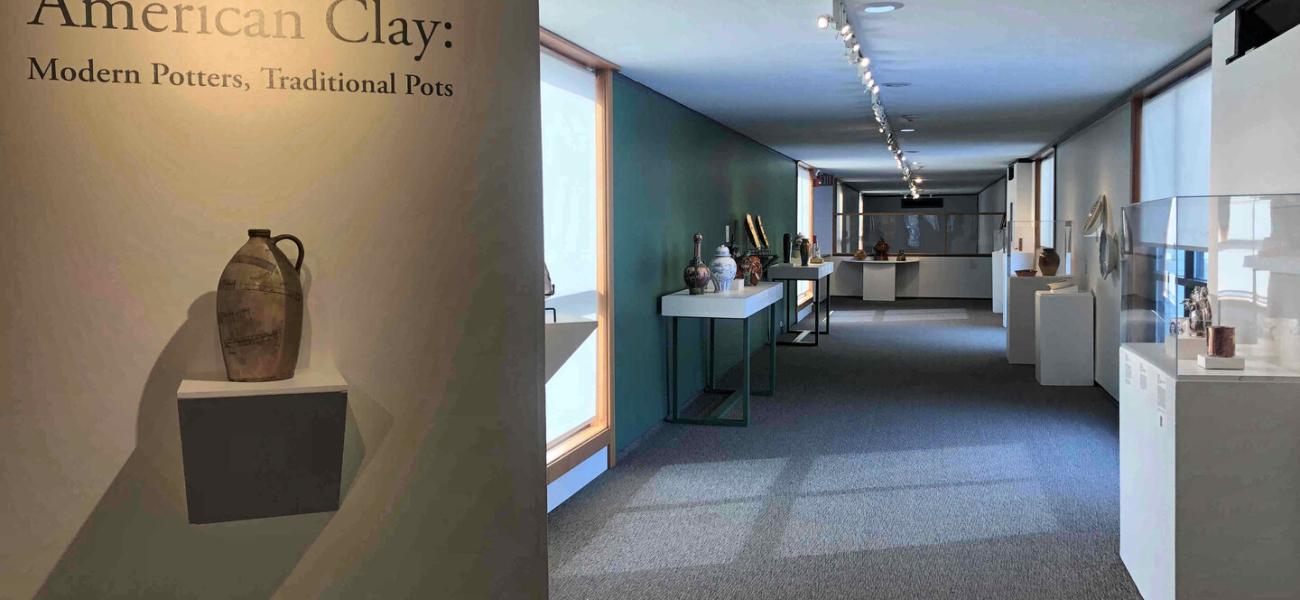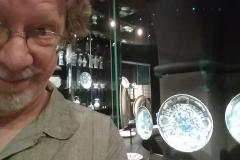 A trend in ceramics with seemingly renewed interest involves delving into previously neglected corners of pottery history for interest and inspiration. Looking to history gives an individual maker an expansive view and greatly benefits the larger contemporary ceramics field by acknowledging voices and experiences from across time and around the world. We stand on the shoulders of giants. But the current round of renewed interest has also sparked a conversation about the negative potential for appropriation when approaching the historical record through one’s work. To navigate these issues, I believe potters involved in the current re-evaluation would be well-served to consider aspects of ceramic history roughly corresponding to the early Industrial Revolution through to the Arts and Crafts era, along with the efforts of potters who have been working for decades in many of the styles related to this period.
A trend in ceramics with seemingly renewed interest involves delving into previously neglected corners of pottery history for interest and inspiration. Looking to history gives an individual maker an expansive view and greatly benefits the larger contemporary ceramics field by acknowledging voices and experiences from across time and around the world. We stand on the shoulders of giants. But the current round of renewed interest has also sparked a conversation about the negative potential for appropriation when approaching the historical record through one’s work. To navigate these issues, I believe potters involved in the current re-evaluation would be well-served to consider aspects of ceramic history roughly corresponding to the early Industrial Revolution through to the Arts and Crafts era, along with the efforts of potters who have been working for decades in many of the styles related to this period.
 I focus on this branch of Euro-American pottery, from the mid-1700s to the first decades of the twentieth century, because of its crucial impact on contemporary ceramics. Styles like redware, delft, shell-edge, mocha, pearlware, scratch-blue, Rockingham, art pottery, and others flourished during this time. These styles accompanied, and in many cases propelled, the establishment and/or standardization of the fundamental principles of clay and glaze chemistry, the global ceramic supply chain, mechanized equipment, and most of today’s kiln and burner types. They even led to the foundation of university-level studio ceramic arts programs.
I focus on this branch of Euro-American pottery, from the mid-1700s to the first decades of the twentieth century, because of its crucial impact on contemporary ceramics. Styles like redware, delft, shell-edge, mocha, pearlware, scratch-blue, Rockingham, art pottery, and others flourished during this time. These styles accompanied, and in many cases propelled, the establishment and/or standardization of the fundamental principles of clay and glaze chemistry, the global ceramic supply chain, mechanized equipment, and most of today’s kiln and burner types. They even led to the foundation of university-level studio ceramic arts programs.


